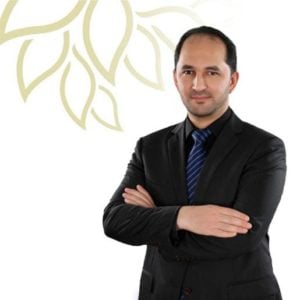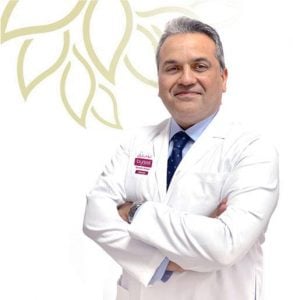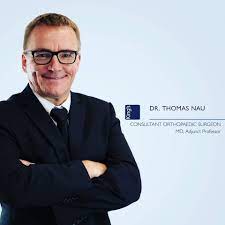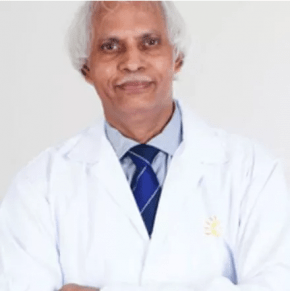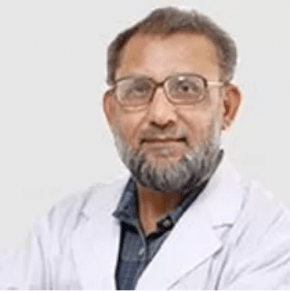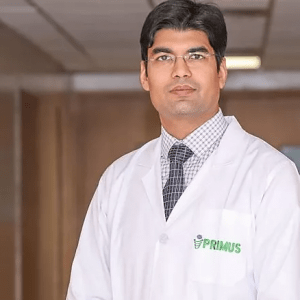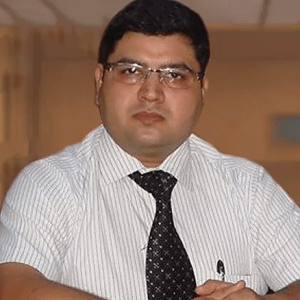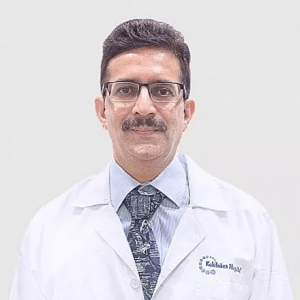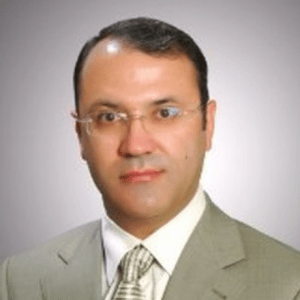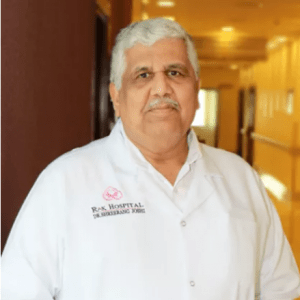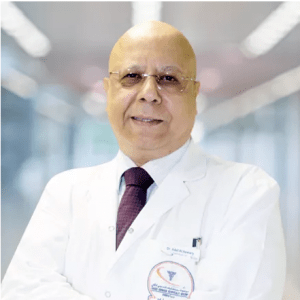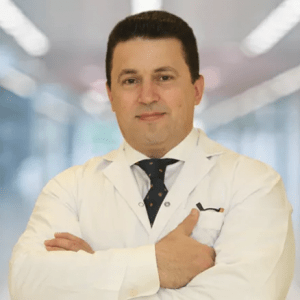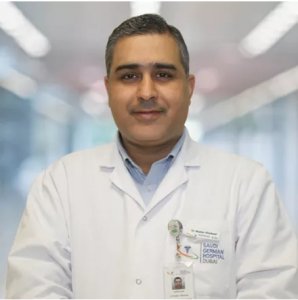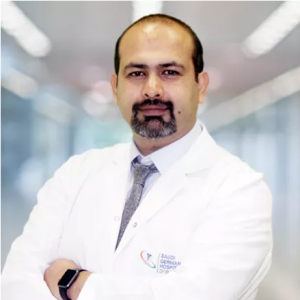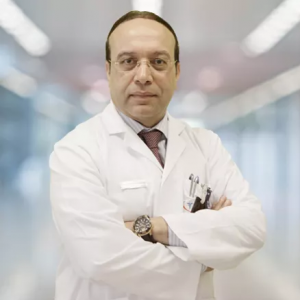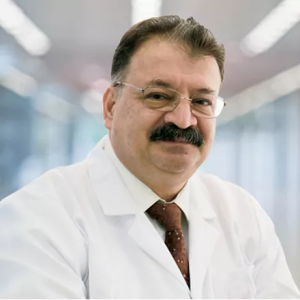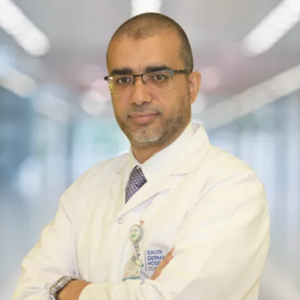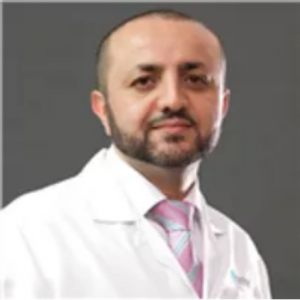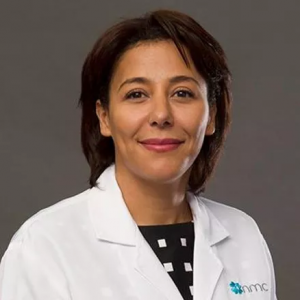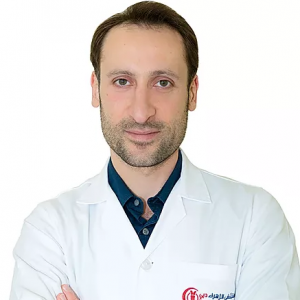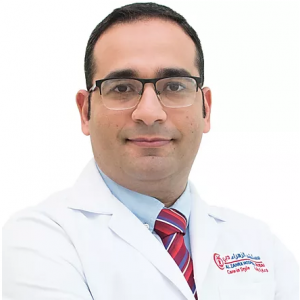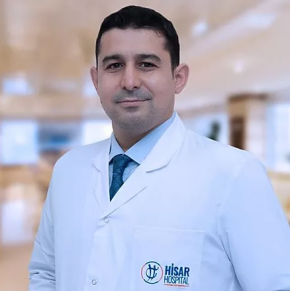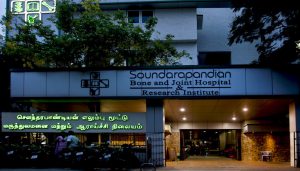Preventing ACL Injuries: How ACL Reconstruction Surgery Can Help
The knee joint has four ligaments that support and regulate its movement: the inner and outer hinge ligaments (medial and lateral collateral ligaments) and the crossing ligaments (the anterior and posterior cruciate ligaments). The anterior cruciate ligament (ACL) is an important stabilizing ligament in the knee. It prevents forward and backward motion. Injury occurs frequently… Read More
Top Doctors For Preventing ACL Injuries: How ACL Reconstruction Surgery Can Help Treatments
Top Hospitals For Preventing ACL Injuries: How ACL Reconstruction Surgery Can Help Treatments
Preventing ACL Injuries: How ACL Reconstruction Surgery Can Help
The knee joint has four ligaments that support and regulate its movement: the inner and outer hinge ligaments (medial and lateral collateral ligaments) and the crossing ligaments (the anterior and posterior cruciate ligaments). The anterior cruciate ligament (ACL) is an important stabilizing ligament in the knee. It prevents forward and backward motion. Injury occurs frequently in athletes and trauma patients. Preventing ACL Injuries and learning how ACL Reconstruction Surgery can help in case of a tear is essential. Damage to the ACL is sometimes associated with injury to other structures such as:
- The most common is the “athlete’s triad,” in which the ACL, MCL, and medial meniscus are all torn.
- The meniscus
- The joint capsule (the tissue that surrounds the joint)
- The ends of the femur or tibia
- Other ligaments of the knee (medial collateral ligament [MCL], lateral collateral ligament [LCL], posterior cruciate ligament [PCL])
- Articular cartilage (cartilage that covers the ends of bones where they meet in a joint)
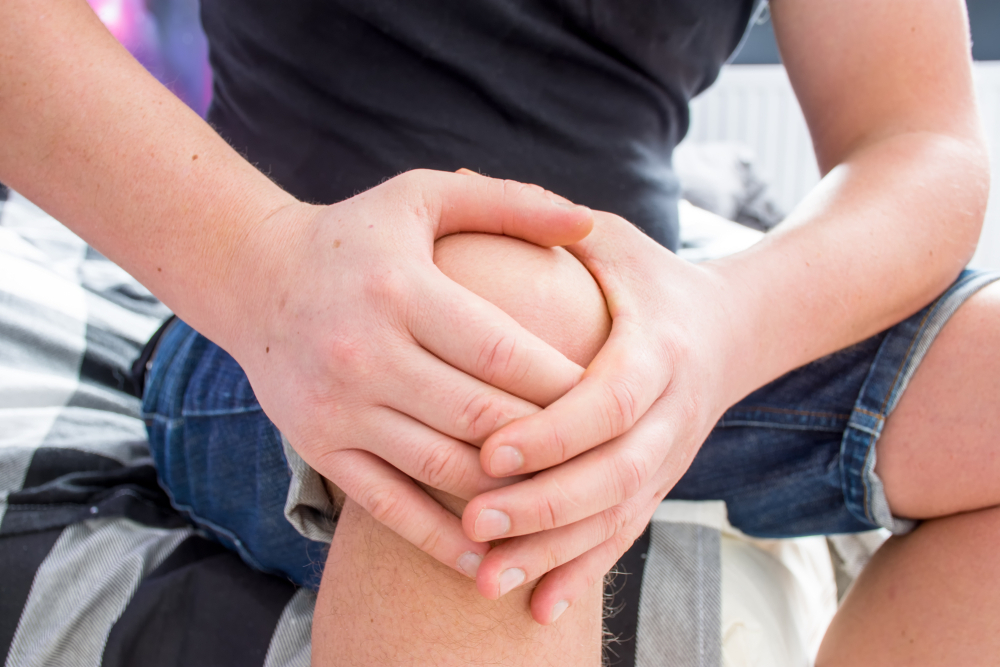
Causes of ACL Injuries
There are a host of factors that can predispose to ACL injuries. These have been categorized as contact and non-contact causes.
Contact causes: These arise from a direct trauma causing hyperextension of the limb or a medial deviation of the knee joint. This is common in contact sports such as football, mixed martial arts, basketball, rugby, etc.
Non-contact causes: These occur due to a sudden pivoting movement during activities like sprinting, jumping, gymnastics, tennis, etc. Women appear to be at a higher risk of non-contact ACL injuries than men, although the exact reason for this is unclear.
Symptoms of an Anterior Cruciate Ligament Injury
The common symptoms associated with an ACL injury include:
- A pop feeling following injury
- Swelling, warmth, and redness of the affected knee
- Instability of the affected limb
- Pain at the site of injury
Categories of ACL Injuries
ACLs are categorized on the extent of the injury. These injuries are referred to as strains and are numbered 1 to 3.
Grade 1 strain: It is the least severe and occurs when there is an over-extension of the ligament. It is not associated with a tear.
Grade 2 strain: This is the least common type of ACL strain and occurs when there is a partial tear in the ligament.
Grade 3 strain: In this, there is a complete tear. The ligament may be torn in half or pulled directly off the bone. It is associated with severe pain and knee instability.
Diagnosis of Anterior Cruciate Ligament Injury
The diagnosis of an ACL injury begins with a complete medical history followed by a proper physical examination. The common physical tests are the anterior withdrawal test, the anterior Lachman test, and the pivot shift test. The patient may be sent for blood work and MRI for better diagnosis.
Treatment of Anterior Cruciate Ligament Injury
An anterior cruciate ligament (ACL) can be managed conservatively or surgically. However, the choice of management is influenced by factors like:
- Lifestyle
- Age and presence of open-growth plates
- Extent of damage
- Stability of the knee joint
- Effectiveness of a conservative management
Treatment using a conservative approach involves stem cell therapy, physiotherapy and rehabilitation, and prolotherapy. Stem cell therapy uses cells from bone marrow aspirate to help in eliciting a repair of the damaged ligament. Physiotherapy involves exercises, massaging, cold compress, and other activities aimed at restoring the function of the ligament while repair is ongoing. In prolotherapy, irritant substances are injected into the affected area to elicit the production of new cells, thus aiding in the regeneration of the ligament.
Surgically, an autograft or allograft may be performed. An autograft involves harvesting the patellar, hamstring, or quadriceps tendon to serve as the new ligament. This creates multiple surgical wounds and thus increases the chances of a post-surgical complication. An allograft uses tendons harvested from another individual (usually a cadaver). It makes the surgery and recovery faster but has the disadvantage of post-grafting rejection and infection from the graft.
How to Prevent ACL Tears?
Several bodies advocate for preventive measures to be put in place for high-risk individuals (athletes and manual labor workers). A proper ACL prevention program aims at incorporating strength training, proper movement and positioning, high-intensity jumping exercise, and balance training.
However, it is worthy of note that prevention programs are designed based on the type of sport or work performed by the individuals involved. The activities which are encouraged and recommended are:
- Warm up: It is important to warm up before physical activities. This will help improve blood circulation and help the body adjust to the intended activity. This includes stretch, a light jog, etc. All these can improve the body’s flexibility, thus reducing the chances of injury.
- Build lower-body strength: Some exercises that can be included in an ACL prevention program are those that focus on strengthening the hamstrings, quadriceps, and glutes. Exercises such as Quad sets, Straight leg raises, Backward leg raises, Hip abduction, Squats, Wall Sits, Reverse Lunges, Bridges (short leg and long leg), Planks, and Side Planks are all aimed at building lower body strength.
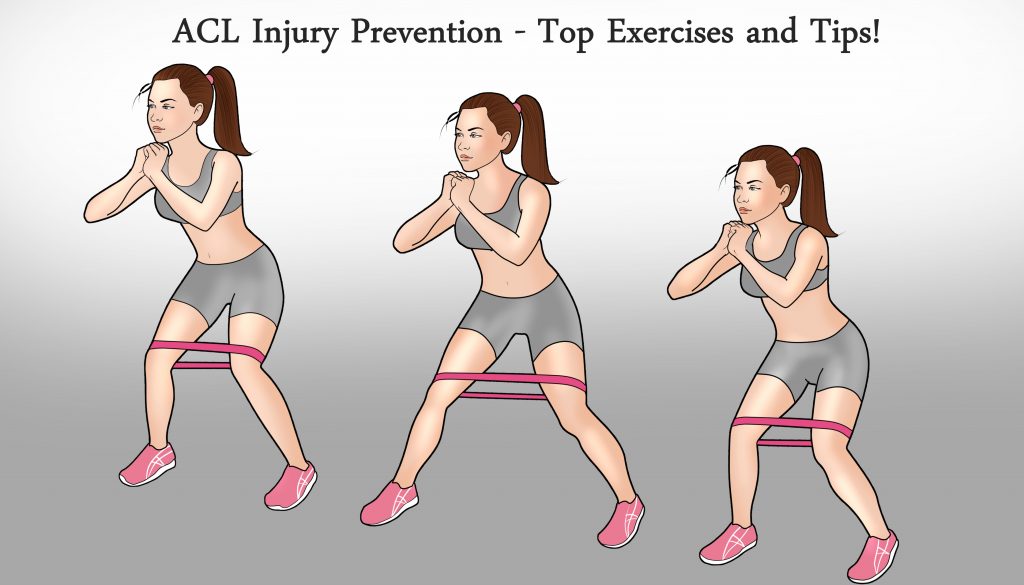
- Balance exercises: Many injuries occur when an individual cannot maintain balance. It is, therefore, necessary to incorporate exercises that improve balance, stability, and agility, such as single-leg balance exercises and lateral plyometric jumps.
- Rest: It is essential to get enough rest and check for warning signs on the different body parts like pain or other signs of an injury.
- Year-round training and conditioning. Practice should be done on and off-season. This ensures that the body is in perfect condition when activities start.
What Are the Different Types of ACL Injury Prevention Programs Available for Different Sports and Activities?
Different ACL prevention regimens are needed for various sports and activities. Others target proprioception and neuromuscular control, while others concentrate on strength and conditioning. Form and proper technique are also crucial. For instance, a weightlifter may require a program that stresses strength training and appropriate lifting technique, whereas a soccer player may benefit from one that concentrates on agility and quick changes of direction.
Individuals can lower their risk of injury and enhance their overall performance by taking part in an ACL preventive program that is specifically created for their sport or activity.
Role of Surgical Reconstruction in Preventing ACL Injuries
Any tear of the anterior cruciate ligament is repaired by reconstruction. This is because of impaired blood supply and the regenerative abilities of the ligament. In the absence of an injury, reconstruction is thus not necessary. This means that ACL reconstruction surgery is not an effective means of preventing injuries to the ligament.
However, the ligament undergoes several changes post-operatively. This includes an early graft healing phase, a proliferation phase, and a ligamentization phase. In the first phase, the graft has a higher tensile strength than the original ACL, neo-vascularisation of the new graft causes a weakening in the proliferation phase. In the ligamentization phase, the graft is almost as strong as the original ligament. This means that a surgical reconstruction post-injury may help reduce damage to the ligament and associated structures but not in completely preventing it.




